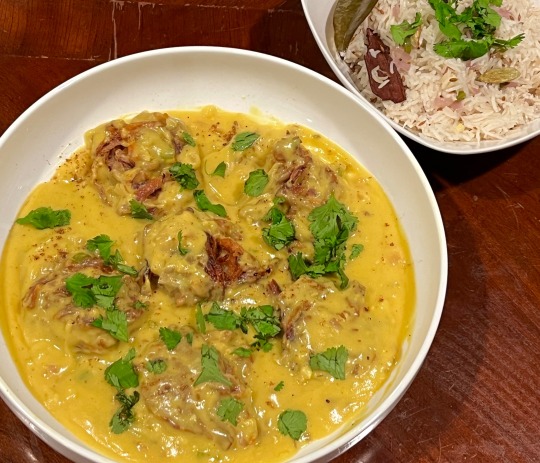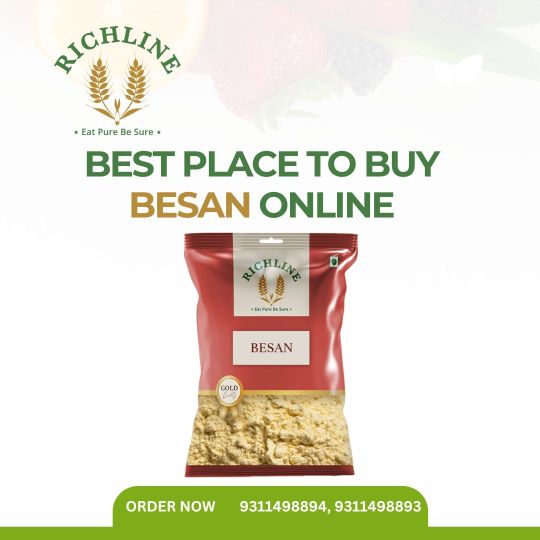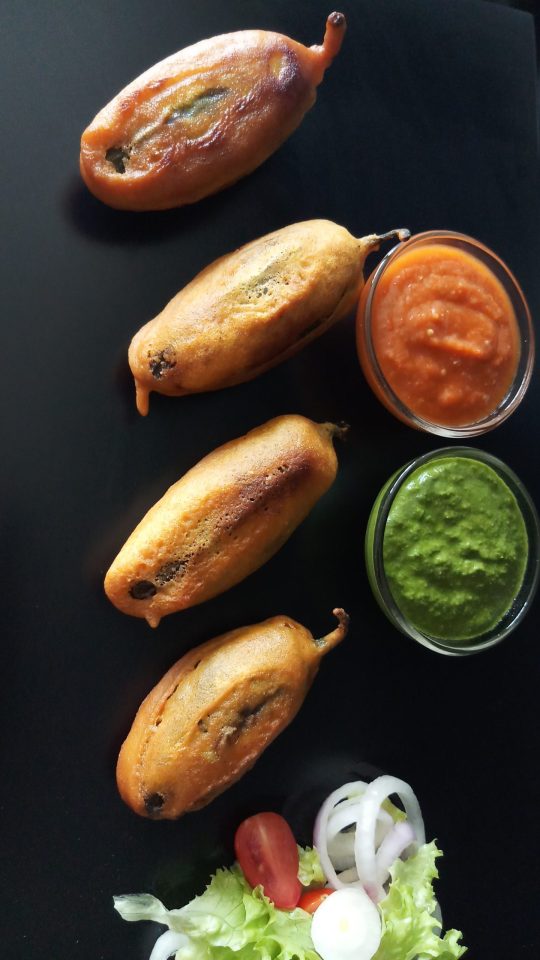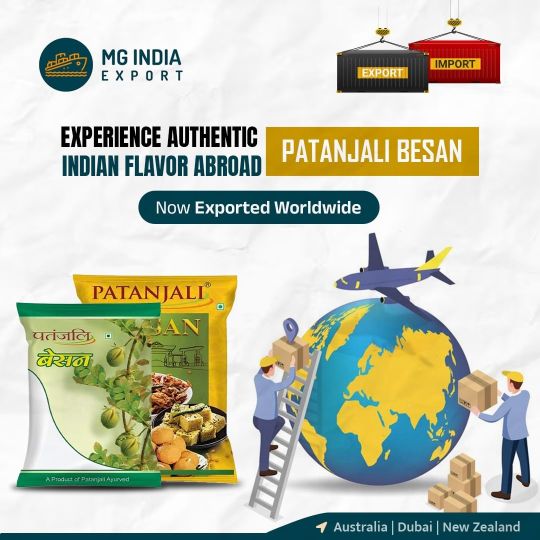#Besan
Text

[ID: A large, shallow bowl filled with a bright yellow curd and golden brown pakora garnished with cilantro. A small bowl of jeera rice with green cardamom, cinnamon, bay leaf, and cilantro sits to the right. End ID.]
Vegan Punjabi kadhi pakora / ਪੰਜਾਬੀ ਕੜ੍ਹੀ ਪਕੌੜਾ
Kadhi is a comfort food popular in north and central India and southeast Pakistan. The base of the dish is spiced curd or buttermilk, to which chickpea flour, vegetable fritters, and spiced tadkas (temperings) are sometimes added. Unlike the sweeter, thinner, and unadorned variations to the south, Punjabi kadhi is slowly reduced to a thick, creamy consistency and studded with onion pakoras.
Recipe under the cut!
Patreon | Tip jar
For the pyaaz ke pakore (onion fritters):
1 cup besan (chickpea flour)
2 medium yellow onions, thinly sliced
1/2 tsp table salt
1/2 tsp mirchi (ground red chilis)
1/2 tsp ajwain (carom seeds)
A couple cups of a neutral oil, for frying
For the curd:
1 cup (220g) unflavored vegan yoghurt
1/2 cup (60g) besan
1/2 tsp amchur (dried mango powder; optional)
4 cups water
In Punjab, kadhi is often made with full-fat buttermilk, and sometimes with yoghurt. Vegan yoghurt (I used oat) will provide a similarly smooth, fatty, slightly sour base.
Adding less water to the curd mixture will allow it to cook down faster if you’re short on time; but a long, slow simmer is more typical with this dish.
For the kadhi:
2 Tbsp neutral oil
Pinch hing (asafoetida)
1 medium yellow onion, chopped
2-inch piece (20g) ginger, minced
4 cloves garlic, minced
2 green chilis, chopped
2 tsp cumin seeds (jeera)
1/4 tsp fenugreek seeds (methi)
1 tsp ground coriander
1/2 tsp mirchi (ground red chilis)
1/2 tsp ground turmeric
1/2 tsp garam masala
3/4 tsp table salt, or to taste
Mustard oil is typical, but any neutral oil (sunflower, canola, vegetable) will work.
For the tadka (optional):
1 Tbsp non-dairy margarine
1 tsp cumin seeds
1 dried red chili
1/2 tsp mirchi
Instructions:
1. Start the pakore. Cut onions in half through the root and lay cut-side down. Slice thinly vertically (perpendicular to the root) and then cut the root off. Whisk together other pakora ingredients (except for the oil) in a large bowl; add the onions and toss well to combine. Cover and set aside for 30 minutes to allow onions to release moisture.
2. Make the curd mixture. Whisk yoghurt and besan together in a large bowl. Add amchur (or substitute apple cider vinegar) if the yoghurt you are using is not particularly sour, to taste. Add water and whisk until a smooth mixture forms. Set aside.
3. Make the kadhi. Heat 2 Tbsp of a neutral oil in a large pot on medium-high. Fry fenugreek and cumin seeds for a few minutes until they are fragrant and popping into the air.
4. Add hing and cook for 30 seconds. Add onion, chili, and salt and saute for 3-4 minutes, until onion is translucent.
5. Add ginger and garlic and sauté for 30 seconds to a minute, until no longer raw-smelling. Add coriander, mirchi, and turmeric and sauté another 30 seconds.
6. Add the curd mixture and stir to combine. Allow to come to a boil, then lower the heat to low and allow it to cook, stirring occasionally, for 30-45 minutes, until thickened.
7. Meanwhile, finish the pakore. Stir the onion slices to distribute any moisture they may have released. Add just enough water to hydrate all the besan and allow the pakoras to hold together.
8. Heat about an inch of neutral oil on medium in a large pan. Once hot, drop small handfuls of pakora mixture into the oil. Fry, flipping once, until golden brown on both sides. Remove onto a paper-towel-lined plate or wire rack.
9. Add pakoras to the kadhi, along with garam masala, and allow to simmer for another 5-10 minutes until kadhi is very thick and creamy. Remove into a serving dish.
10. Make the tadka. Heat margarine in a small skillet until sizzling. Add cumin seeds, chili pepper, and mirchi and heat until fragrant. Pour the oil, seeds, and chili over the finished kadhi and serve immediately.
Serve with roti, paratha, rice, or jeera rice.
#recipes#vegan recipes#cooking#Indian recipes#Indian#Punjabi#yoghurt#yogurt#besan#chickpea flour#pakora
349 notes
·
View notes
Text
Why Apple Besan?
Apple Foods is one of the leading besan or gram flour manufacturers when it comes to the besan industry. A venture that started in 1985 and culminated to Apple Besan in 2010, we have come a long way and are proud to be standing at the forefront of besan industry.
What sets us apart from others, or the simplest question of “Why Apple Besan” is what we intend to explore in this blog.
2 notes
·
View notes
Text

Angur Toor Dal | Pulses In Gujarat | Healthy Food Pulses
While we celebrate the richness and honour of our mother tongue Gujarati, here are some similarities that we find between Angur and Gujarati. Tell us more such similarities between Gujarati and the Gujjus in the comments below.
#angur#toor dal#gujarat best brand angur#gujarat best pulses#toor dal pulses#price of toor dal#angur products#angur pulses products#pulses#besan#healthy food#tasty food
2 notes
·
View notes
Text

Mis labios rien, tus labios besan... Mis ojos observan, los tuyos subyugan...
Mi piel se eriza, la tuya tiembla...
Mis manos buscan, las tuyas estrujan...
Mi boca te besa, la tuya devora...
Mis brazos apapachan, los tuyos enredan...
Es tiempo de amarte y dejar que el deseo nos haga presos de lo que brota en cada célula del cuerpo, de cada poro de la dermis.
Leregi Renga
#labios#rien#tuyos#besan#ojos#observan#subyugan#piel#eriza#tuya#tiembla#manos#buscan#amor#texto de amor
5 notes
·
View notes
Text

Best Place to Buy Besan Online
#Richline#HealthyLiving#WholesomeChoices#NaturalNutrition#RichlineDelights#TasteTheGoodness#RichlineBesan#Besan
0 notes
Text
Delicious Mirch Pakoda Recipe

View On WordPress
0 notes
Text




#love nikki#love nikki dress up queen#lnduq#ransa#love nikki ransa#besan#love nikki besan#bestt#love nikki bestt#besan and bestt#debbie#love nikki debbie#mela#love nikki mela#nikki#ln nikki#momo#love nikki momo#gifties#queue
1 note
·
View note
Text
Melt-in-the-Mouth Mysore Pak: Failproof Recipe
With rich flavors and delectable sweetness, Mysore Pak is renowned for its melt-in-your-mouth texture and aromatic essence. It is a beloved treat that has been cherished for generations in India. In this blog post, we’ll explore how to create this divine sweet at home.
Journey of Mysore Pak
Mysore Pak is a sweet that traces its origins back to the royal kitchens of Mysore, a city in the…

View On WordPress
0 notes
Text
Besan face pack for glowing skin #skincare #glowingskin #dryskin #removesuntan #besan #haldi #malai
0 notes
Text
Melt in the Mouth Mysore Pak recipe story
Untitled
View On WordPress
#Besan#Clarified Butter#Dessert squares#Diwali#Diwali celebration#Diwali special#easy dessert#Festival#Festive Cooking#ghee#Gram Flour#Homemade sweets#Indian Dessert#Melt-in-the-mouth#Milk#Modified recipe#Mysore pak#SAffron#sugar#Sweet recipe#Unique twist
0 notes
Text
#youtube#groceriesdoordelivery#e commerce#e commerce business#farmersparivar#groceries#groceriesonline#b2bwholesale#farmersonline#grocerieswholesale#wheat flour#besan
1 note
·
View note
Text
Besan Chheela
Makes 3 large crepes, or a bunch of small ones for 1 person dinner
Ingredients
Diced mixed vegetables (onion, cabbage, carrot, zucchini, etc.) - about a large handful
Chopped 2 garlic cloves, and 1 inch of ginger (more ging, less garlic)
Ajwain, Salt, Mangrela
Besan
Turmeric, Cumin, Pepper
Steps
Cut all the veggies
Add the ajwain, salt and mangrela to the vegetables to let soak for 15 mins
Chop the ginger, garlic and add to vegetables
Add besan until it's a thick pancake mixture consistency
Add turmeric, cumin, pepper, whatever else you need
Mix well
Heat non-stick pan to medium
Either make 3 skinny pancakes, or smaller thicker pancake chunks and fry with a hint of oil
0 notes
Text
The Nutrient-Rich Secret of Indian Exports: Patanjali Besan by MG India Export.

India is renowned for its rich cultural diversity, ancient traditions, and vibrant cuisine. Among the many culinary treasures the country has to offer, besan, or gram flour, holds a special place. It's a versatile ingredient used in countless Indian dishes, and its popularity has transcended borders.
The Story of Patanjali Besan.
Patanjali, the name itself invokes thoughts of purity, tradition, and holistic well-being. This is exactly the philosophy behind Patanjali Besan – to offer a product that is not only delicious but also nutritious and pure.
Nutrient-Rich Goodness.
Besan, derived from chickpeas, is known for its incredible nutritional profile. It's rich in protein, dietary fiber, vitamins, and minerals. Patanjali Besan retains all these nutrients, making it a wholesome addition to a variety of dishes.
Exporting the Essence of India.
MG India Export has taken the essence of Patanjali Besan and made it accessible to global markets. Their commitment to quality and purity has earned them a reputation as a trusted exporter of Indian food products. With a focus on international standards, MG India Export ensures that Patanjali Besan reaches consumers around the world in its purest form.
For more information visit → https://mgindiaexport.com/
#Patanjali#Besan#MGIndiaExport#GramFlour#IndianCuisine#ExportedFood#NutrientRich#CulinaryTreasures#InternationalMarkets#QualityIngredients#TraditionalFlavors#GlobalAudience#GlutenFreeBaking#IndianExports#MGExports#PurityAndQuality#VersatileIngredient#WholesomeDishes
1 note
·
View note

